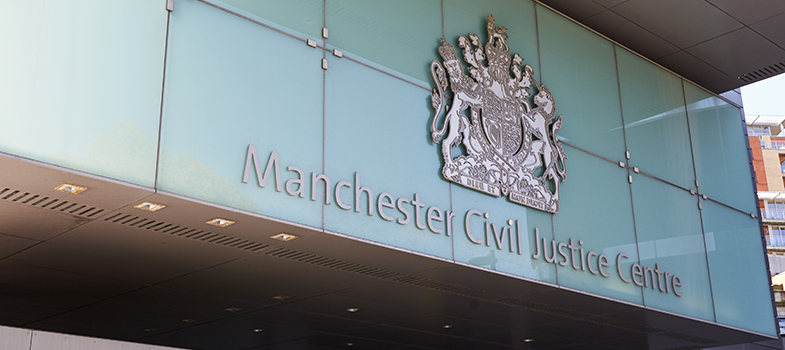6.3 Structuring your client interaction
Having a structure or plan for your interaction with your client will help you to stay focused, obtain the information you need and use your time effectively. The details of the plan will be different for each client, as each person will have a different reason for coming to seek help from Support Through Court, but the basic structure should be broadly similar.
Activity 3
What do you think the most important thing is when planning your client interaction?
Comment
The most important thing is to find out from the client why they have come to see you and the outcome the client wants to achieve. Support Through Court is client focused and seeks to empower the clients to make decisions and choices, so your plan should reflect the client’s priorities and wishes. You may also have to manage the client’s expectations early in the session if we cannot do everything they want.
You can establish the client’s wishes at the start of the session by simply asking them why they have come and what they hope to achieve.
Activity 4
Here are four tips on how to structure a client interaction effectively, please put them into the order in which you would address each one in the session.
Two lists follow, match one item from the first with one item from the second. Each item can only be matched once. There are 4 items in each list.
Ask the client what they want to do today
Agree 2-3 main tasks
Set a time limit if needed
Maintain focus – steer the client back to the agreed tasks if necessary
Match each of the previous list items with an item from the following list:
a.3
b.2
c.4
d.1
- 1 = d,
- 2 = b,
- 3 = a,
- 4 = c
Turning to our case study involving the Johnson/Smith family, you may recall that Jazmin Johnson left Steve Smith following domestic abuse. Jazmin, along with their daughter Chloe and Jazmin’s son from a previous relationship, Jaden, moved into emergency accommodation. Following threats from Steve that he wanted to care for Chloe, Jazmin issued a child arrangement order application. Find out more about the Johnson/Smith family [Tip: hold Ctrl and click a link to open it in a new tab. (Hide tip)] and their situation.
Steve comes into the Support Through Court office on the morning of the First Hearing Dispute Resolution Appointment (FHDRA). He is angry that Jazmin has issued the application and says he wants to care for Chloe. He is unhappy that Jazmin has stopped him from seeing Chloe since they separated. He is also angry that Jazmin has said he was violent and controlling towards her and says it is not true. He has found out that the court has provided screens for this hearing, at Jazmin’s request, and feels he has been pre-judged. He wants to know what he can do about this. He is also worried about what will happen at the hearing and does not want the court to make the requested order – he wants them to order that Chloe live with him. It is 30 minutes before the FHDRA.
Activity 5
How would you structure this client interaction?
Comment
Steve has mentioned lots of things and to deal with them all will take longer than the time you have available, due to the court hearing starting in 30 minutes. You will therefore need to agree with Steve 2 or 3 issues you will deal with now and provide information about how he can get advice and support on the others later. The list of issues will depend on Steve’s wishes, but the most urgent issues to address are probably:
- Why the court has provided screens and that it is a neutral action. For further information go to the Special Measures training module)
- What will happen in the FHDRA
- How Steve can ask the court to make a contact order.
You can then suggest Steve comes back for further advice after the hearing, at which time the other issues can be looked at. Given the urgency you may also wish to postpone some of the Support Through Court paperwork until after the hearing, but the Client Consent Form should be completed straight away if he has not been to Support Through Court previously.
6.2 Welcoming Clients
